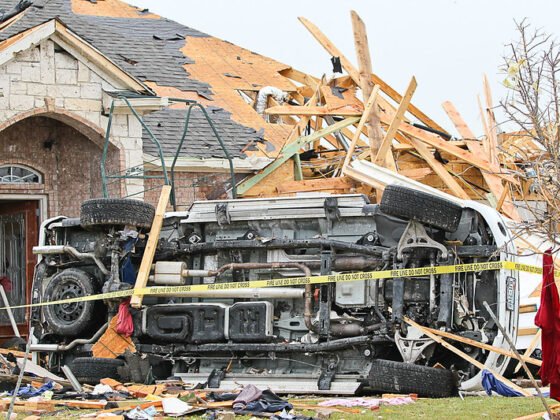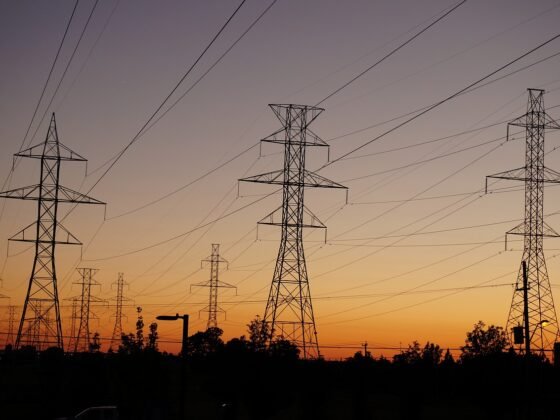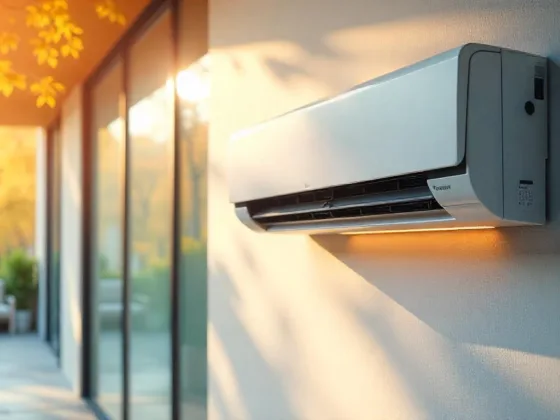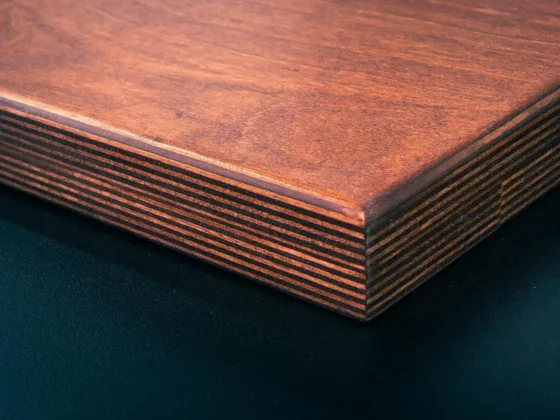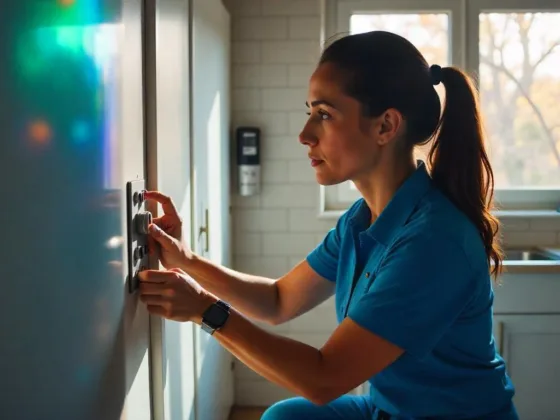Table of Contents Show
For many years, people have been looking for the best way to live a more sustainable lifestyle.
Others even willingly made drastic changes to their lifestyle in order to protect the environment.
While these changes are beneficial to both us and the environment, living sustainably comes at a cost.
The majority of environmentally friendly products are significantly more expensive than conventional alternatives.
Most likely, the manufacturers had to incur additional labor costs and exert additional effort in order to obtain the materials.
However, looking back to our basic human needs, living sustainably does not have to be expensive.

With small changes in our lifestyle, the incremental amount of our improvements will gradually benefit the environment.
So, get ready for a sustainable lifestyle journey with our A-to-Z guide. But, before we go any further, let us first understand the concept of sustainable and sustainability.
Understanding Sustainable and Sustainability
People frequently confuse sustainability with environmental friendliness.
Paul, the founder of Paul’s Rubbish Removal, a leading Australian rubbish removal company, goes on to say that sustainability focuses on the long-term goal of meeting today’s needs without compromising the future generations’ resources.
While sustainable ensures that we do not use more than what we need and that we return as much as we use.
This necessitates your search for alternatives that will not deplete our Mother Earth’s resources.
Your A-to-Z Guide to Saving the Earth
You may find it impossible for an average person to make an impact. But there are a few simple things we can incorporate into our daily routine that will make a significant difference in saving our planet.
A – Awareness
Be conscious of what you consume by learning how it is made and where it ends up.
B – Buy Minimally Packaged Goods
The majority of our landfill waste is made up of packing materials. In fact, we sent 84% or 2.1 tonnes of our plastic waste to landfill.
C – Clothesline
Instead of using the dryer, allow your clothes to dry naturally. Also, make sure your load is full when you wash your clothes.
D – Dishwasher
In general, using a dishwasher saves more water than hand washing or rinsing.
E-Books
Who doesn’t enjoy the smell of old and new paperbacks? We are all guilty of it. However, Mother Earth will be grateful to us for embracing e-books.
Aside from that, e-books are so small that they can easily slip into your pockets or bags.
F – Food Waste
In Australia, food waste is a major problem. Every year, the average Australian throws away approximately 300 kilograms of food which ends up in our landfill.
Apart from that, food waste contributes more than 5% of Australia’s greenhouse gas emissions.
G – Grocery Bags
We all have to eat and buy products on a regular basis. So, always bring your own eco-grocery bags.
H – Have a Positive Attitude
Remember that we can’t save the entire world, and you don’t have to either. All you have to do is keep doing what you believe is best for the environment.
I – Insulate
To improve energy efficiency, seal air leaks from your windows to your doors.
J – Just go on
Set your objectives wisely by developing a step-by-step strategy.
K – Kettle-User
Replace the kettle with a more energy-efficient appliance.
L – Lights Off
When you’re not using something, turn off the lights, TV, computer, and so on. If you aren’t already using energy-saving bulbs, it’s time to make the switch.
M – Maintain your Car
A well-maintained vehicle produces fewer toxic fumes. Aside from keeping the environment clean, it saves you money on costly maintenance and repairs.
N – Natural Products or Resources
You can either make your own natural cleaning products or buy them at an eco-friendly store. Also, do not throw away used paper or cardboard.
They can be used as an alternative to gift wrapping or for DIY projects.
O – Organise a Sustainable Cause at Work
Organize a no-impact program to engage your coworkers. This will help your cause to live a more sustainable lifestyle.
P – Lug your Appliances into a Power Strip
You can significantly save electricity by plugging your appliances into a power strip and unplugging them when they’re not in use.
Q – Question
Inquire about your community’s positive and proactive recycling methods.
R – Reusable Water Bottle
Purchase a personalized water bottle for daily use. Aside from keeping yourself hydrated, it is also beneficial to the environment. And walk as much as you can.
S – Shop Local
Help out the local businesses. This will significantly reduce the carbon footprint by preventing trucks from traveling to distant locations.
T – Tempered Glass Containers and Toothbrush
You can easily microwave a glass container, which is far superior to its plastic counterpart.
Aside from that, try to replace your plastic brush with one made of more sustainable material, such as bamboo.
U – Urban Eco Kit
Carry your eco-friendly lunch kit to help us achieve our sustainability goals. A metal straw, a stainless-steel lunchbox, or bamboo utensils may be included in your kit.
V – Verify the Information
The entire world is at your disposal. Make reading and verifying information a habit if you want to learn more about sustainability. Also, remember to eat your vegetables.
W – Wise Shopping
Always plan your meals before you go shopping. Avoid impulse purchases and don’t fall for marketing ploys.
This will certainly lead you to purchase more than you need.
Y – Youth
Involve the children in the movement. Let us teach them to love the planet and show them how to do so in a sustainable way.
Z – Zero Waste Lifestyle
For the time being, it may not be possible to live a zero-waste lifestyle. Don’t have unrealistic expectations.
However, gradually and consistently incorporate sustainable practices into your daily routine.
Begin by making a conscious effort to consume less and invest in recyclable products.
Know what you eat and avoid products that are known to pollute the environment.
